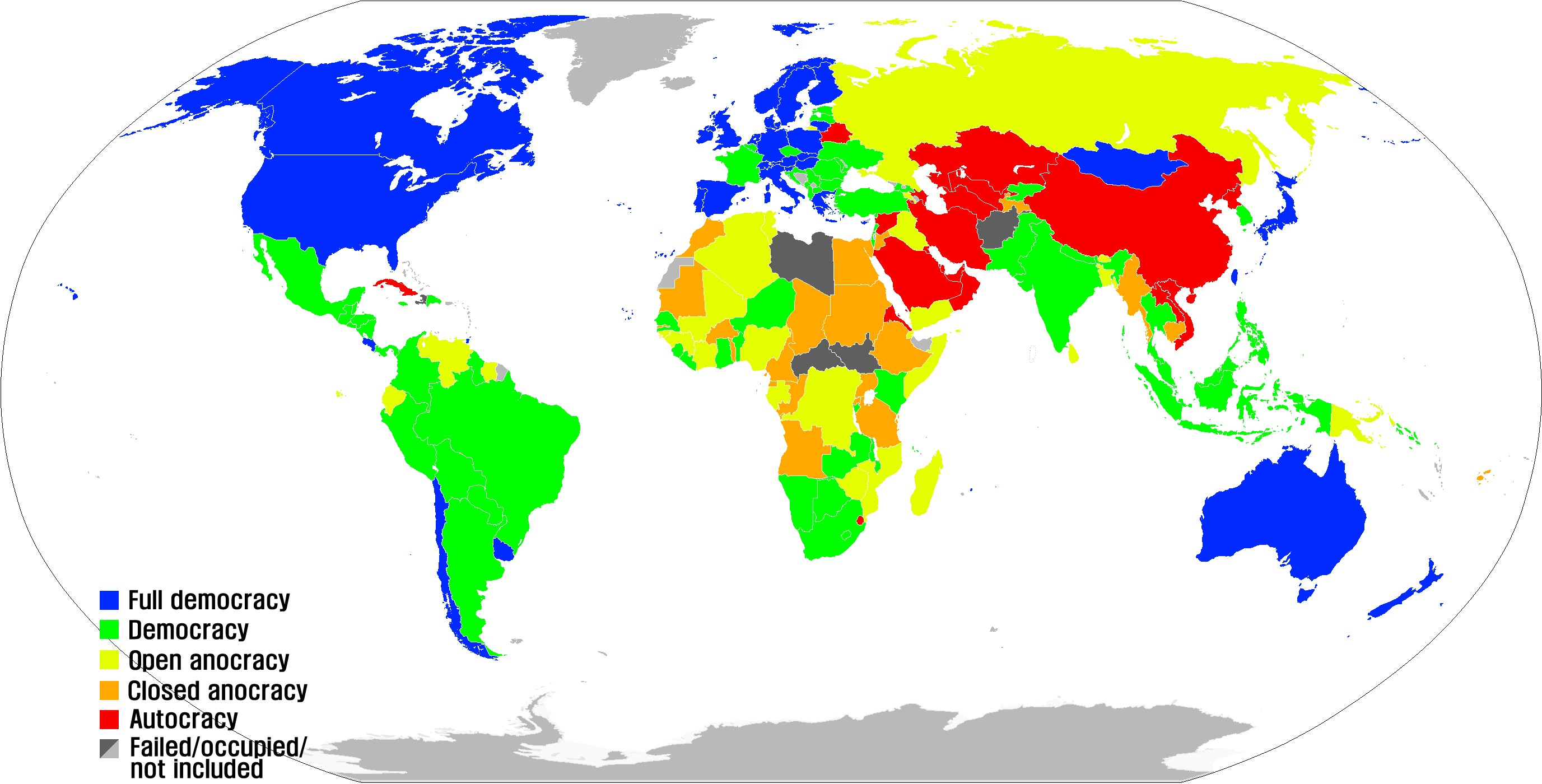Der türkische Aussenminister Mevlüt Çavuşoğlu droht den USA mit Abbruch der Beziehungen weil sie die kurdisch-arabische Miliz YPG in Nordsyrien unterstützen. Ein Novum in den Beziehungen zwischen NATO-Mitgliedern. Lachhaft, könnte man meinen. Warum sollten die Türken sich in den Fuss schiessen?
Das Fehlen diplomatischer Beziehungen zu den USA wäre für Ankara ein schweres Handicap. Nicht nur militärisch und wirtschaftlich sind beide Staaten eng verbunden: die Türkei hat auch viele Jahre lang Hilfsgelder von Washington erhalten. Im Jahr 2016 unterstützte Amerika die Türken mit 155 Millionen Dollar, vor allem als Beitrag zu den Aufwendungen für Syrien-Flüchtlinge und zur Verbesserung des Haselnuss-Exports.
Nicht erst seit dem versuchten Staatsstreich im Juli 2015 hat Ankaras aggressives Auftreten seinem Ansehen in Europa schwer geschadet. Massenverhaftungen, Abschaffung der Pressefreiheit und der parlamentarischen Immunität haben die Türkei zum politischen Paria in Europa gemacht. Nun will die Türkei offenbar den Paria-Status auch in den USA erlangen, vergleichbar mit Venezuela und Iran.
Weshalb dieses suizidiale Streben?
Es gibt zwei Erklärungsansätze: das Dogma der Moslembrüder und die bevorstehenden Wahlen.
Die regierende AK-Partei hat, besoffen von ihrer noch jungen Machtfülle und ihrem Erfolg alle Masstäbe über Bord geworfen. Realitätsferne Dogmatiker haben das Sagen: sie sehen die Türkei als den einzigen, richtigen Gottesstaat der Sunniten, dessen Aufgabe es ist, schrittweise die Gemeinschaft der Gläubigen (Umma) und danach die ganze Welt dem richtigen Glauben zuzuführen.
Noch ist das Land nicht ganz unter der Fuchtel der AKP. Drei Wahlen gilt es 2019 zu gewinnen: Regional-, Parlaments- und Präsidentschaftswahlen. Noch ist nur etwa die Hälfte der Türken bereit, ihr Kreuzchen bei der AKP zu machen, so weit Umfragen zu trauen ist.
Das bewährteste Mittel, Wahlen in der Türkei zu gewinnen, ist es, den Nationalismus anzufachen. Nichts löst mehr Begeisterung im türkischen Wahlvolk aus, als ein kleiner Krieg gegen die verhasste Minderheit der Kurden, ergänzt durch ein bisschen Unterdrückung der religiösen Minderheiten der Alawiten, Sufis, Jesiden und Christen.
Insofern führt der Weg zur Erlösung der Welt durch die Moslembrüder über den Kampf gegen die Kurden, die ironischerweise auch brave Sunniten sind.
Aus der Perspektive eines Dogmatikers in Ankara gesehen ist Amerikas Freundschaft mit den kämpferischen Kurden in Syrien daher als doppelt feindlich zu werten: zum Einen behindert es den Herrschaftsdrang der Türken, zun Anderen blockiert es das Vordringen des echten Glaubens. Ein doppeltes Ärgernis also, das schärfste Massnahmen fordert.
Zu den Qualifikationen der Zeloten in der AKP gehört nicht unbedingt Weltläufigkeit. In der Perspektive des “Alles Wissen der Welt steht im Koran” ist die Türkei eine Weltmacht, die bestimmt, was richtig ist und was falsch. Was Ankara sagt ist Gesetz, und die Welt hat sich danach zu richten. Dass die USA trotz mehrerer Ermahnungen sich nicht danach richten, ist tadelnswert und verlangt Bestrafung.
Soweit die Grundstimmung. Nun aber kommt Mevlüt Çavuşoğluins Bild. Als Aussenminister mit langer Brüssel-Erfahrung ist er weltläufig genug um zu wissen, mit welcher Reaktion auf seine Worte zu rechnen ist. Dass er trotzdem immer wieder mit radikalen Vorschlägen auffällig wird, hat Gründe.
Die AK-Partei ist kein monolithisches Gebilde. Seit ihrer Gründung 2001 ist sie schrittweise von einer islamisch orientierten liberalen und Wirtschaftspartei zu einer konfessionell-dogmatischen Partei geworden. Die Liberalen unter Führung des ehemaligen Premiers, Aussenministers und Präsidenten Abdullah Gül haben die Partei entweder verlassen oder wurden hinausgedrängt. Letztes Opfer der Säuberung war der “Professor” und ex-Premier Ahmet Davutoğlu.
Die jetzt regierende eiserne Garde stellt den inneren Kreis dar, der Präsident Recep Tayyip Erdoğan trotz der inneren Zwistigkeiten und einem nur mühsam unterdrückten Korruptionsskandal treu blieb. Dazu gehören Ministerpräsident Binali Yildirim – angeblich langjähriger Vermögensverwalter der Erdoğan-Sippe – , der AKP-Gründervater Bülent Arınç, und eben Mevlüt Çavuşoğlu.
Die Aufmerksamkeit des Auslandes ist seit Jahren auf Erdoğan fixiert. Er wird als Urheber der Demontage der Demokratie seit Juli 2015 gesehen. Er müsse abtreten, damit die Türkei zu Rechtsstaatlichkeit zurückkehren könne.
Dabei wird nicht erkannt, dass Erdoğan trotz seines unbezweifelbaren Narzissmus nur das eloquente Aushängeschild der AKP-Hardliner ist. Sein Charisma ist einzigartig und unersetzlich für die AKP. Doch hinter ihm stehen Andere, die das Werk fortsetzen würden, sollte ihm etwas zustossen. Leute wie Çavuşoğlu, die härter, dogmatischer sind, als es Erdoğan je war. Er hat sich doch ein Mass an Realismus, an Kompromissbereitschaft bewahrt, das den Hardlinern abgeht. Das zeigte sich unlängst in seinem Verhältnis zu Putin, das er binnen weniger Monate von böser Feindschaft zu Freundschaft mutieren liess.
Es ist daher fraglich, ob sich Erdoğan bereit fände, den Abbruch der Beziehungen zu Washington ins Auge zu fassen. Çavuşoğlu hat die USA zusätzlich verunglimpft, indem er unterstellt, Washington habe Kämpfer des Islamischen Staats entkommen lassen, um einen Vorwand zu haben, gemeinsam mit der YPG den Kampf gegen den IS fortzusetzen. “The U.S. is not touching Daesh members in Syria as an excuse to continue working with YPG/PKK terrorist group.” Andere Beobachter meinen hingegen, die Schonung der übrig gebliebenen IS-Kämpfer durch die Amerikaner verfolge den Zweck, sie als nützliche Feinde der iranischen Expansion in Syrien zu nutzen.
Dass die türkische Invasion in der syrischen Grenzprovinz Afrin trotz grossen Aufwands an Militär, arabischen Söldnern und Material bislang nur zäh vorankommt, facht die in Ankara herrschende Paranoia an, die in Amerika mittlerweile einen Feind statt eines NATO-Verbündeten sieht, der "Allianzen mit Terrorgruppen" unterhält, wie der türkische Premier Binali Yildirim klagt. Der grosszügige Umgang mit dem Begriff Terrorgruppe macht Ankaras Anspruch nicht glaubhafter. Washington wird sich nicht vorschreiben lassen, wen es sich in Syrien als Alliierten aussucht.
Ihsan al-Tawil

